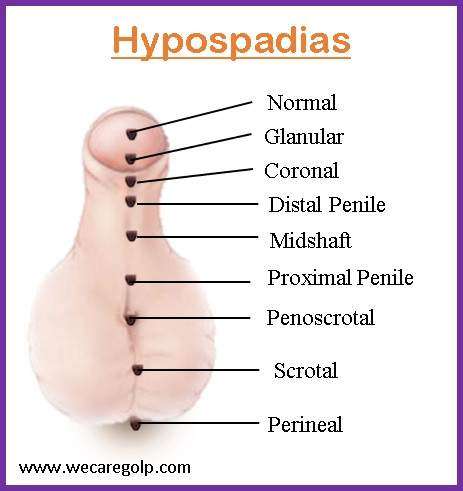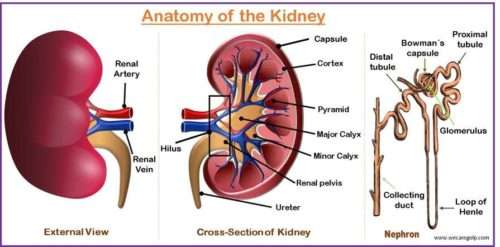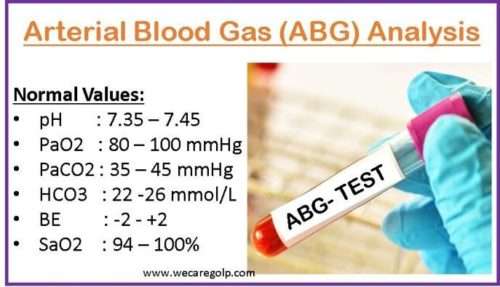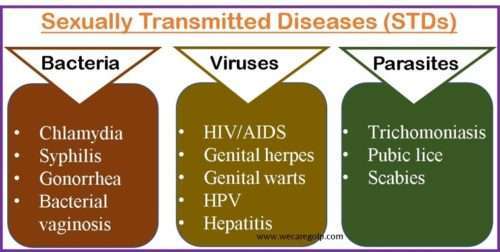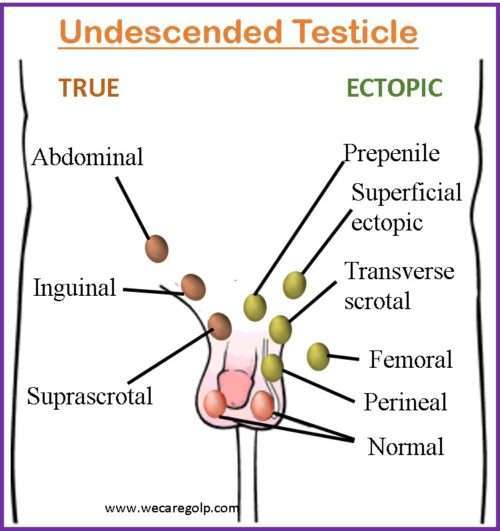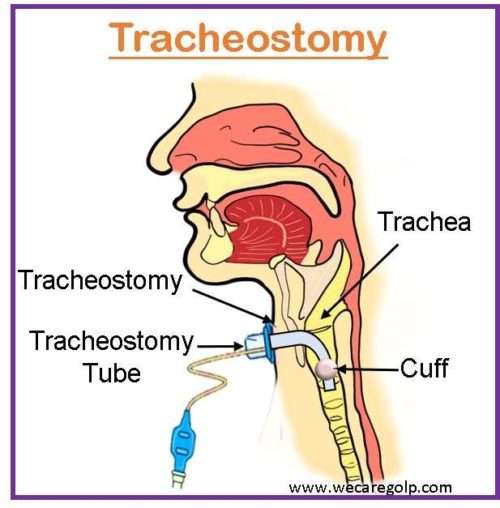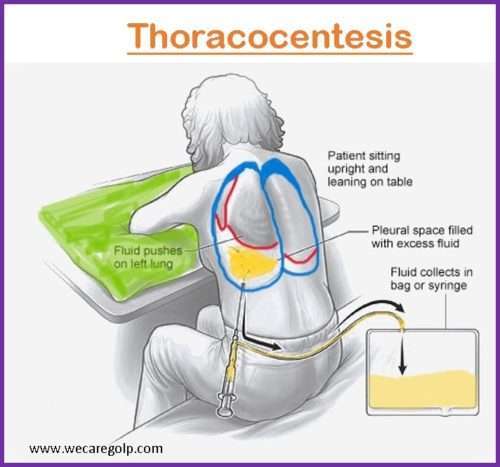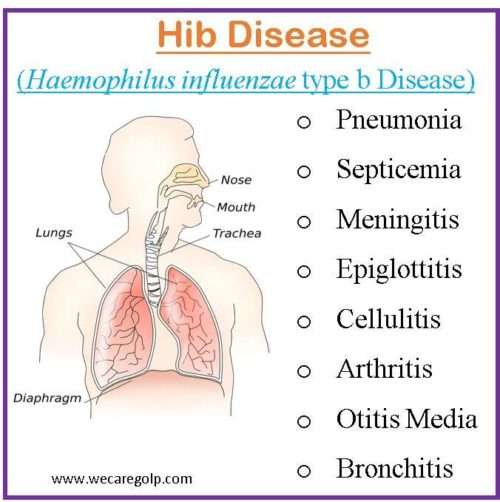Chemotherapy (Chemo): Mechanisms, Types
Introduction The term “chemotherapy”, also called chemo, came from two words: chemical & therapy, which mean “drug treatment.” Chemotherapy refers to treatment with a cell-killing (cytotoxic) medication. It uses medications (antineoplastic drugs) to either kill cancer cells or prevent them from growing and dividing by interfering with cellular function and reproduction. It is used to … Read more



